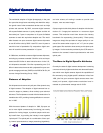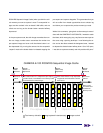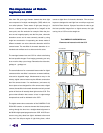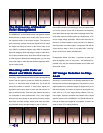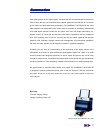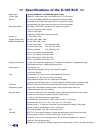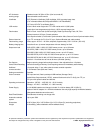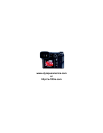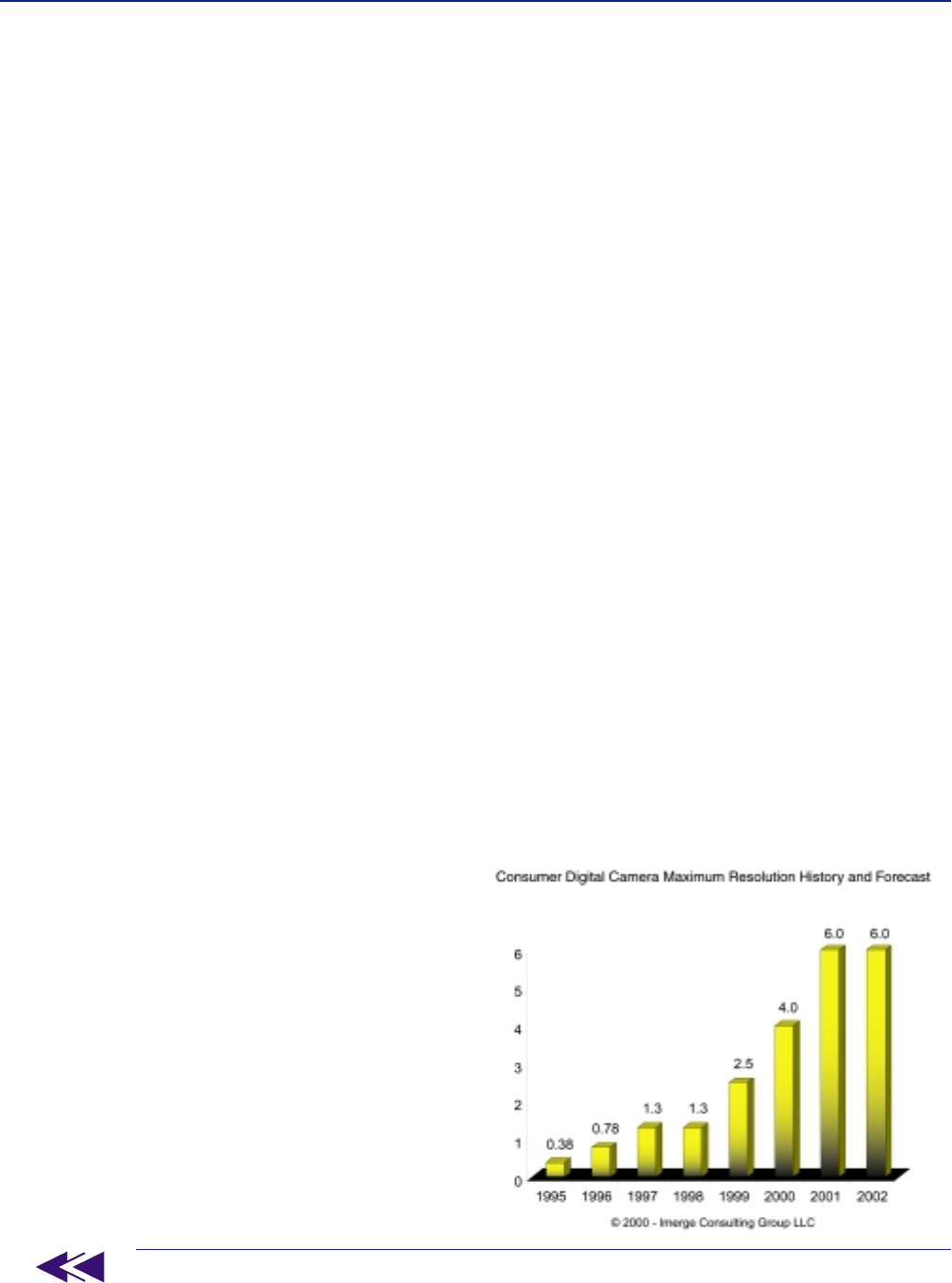
2
The worldwide adoption of digital photography in the past
four years has simply been astounding and dwarfs the adop-
tion growth rate of other entrenched devices such as inkjet
printers and scanners. By 2002, consumer digital cameras
will surpass flatbed scanners in yearly adoption and this will
have taken just 7 years in comparison to 12 years for flatbed
scanners to reach this equivalent adoption rate. The world-
wide forecast now puts consumer digital camera shipments
at over 50 million units by 2005. It took PC’s over 14 years to
reach this level of penetration. By comparison, digital cam-
eras will reach this same penetration in 9 years.
In 1999 alone, worldwide consumer digital camera shipments,
excluding toy cameras exceeded 5.8 million units and repre-
sented over $2.9 billion in street valued revenue. In the U.S.,
unit shipments exceeded 2.5 million representing over $1.3
billion in street valued revenue with a projected five-year com-
pound average growth rate, (CAGR) out to 2005 of 39.8%. (All
sources: Imerge Consulting Group - 2000)
Plateaus of Adoption
Unit shipments and revenue only tell part of the dynamic story
of digital cameras. The adoption of digital cameras has oc-
curred in stages or plateaus, driven entirely upon technical
advances. The first plateau occurred with the introduction of a
viewable color LCD, providing instant gratification to consum-
ers in 1995.
With the second plateau of adoption in 1996, Olympus set
out to move digital cameras away from being just novelty
products for viewing images, to products people could actu-
ally benefit from, by providing the industry’s most regarded
“optical path”. The optical path is a combination of lens qual-
ity, internal opto-electronics, image processing (algorithms),
and color science, all working in tandem to provide users
sharper, more accurate images.
Olympus again led the third plateau of adoption with the intro-
duction of 1.3 mega-pixel resolution in a consumer digital
camera. This resolution would later become the industry
benchmark for representing “photo-quality”. Photo-quality
images are simply the equivalent in image quality to a con-
sumer film camera when output to a 4” x 6” print on photo-
grade paper. But resolution alone cannot provide photo-qual-
ity images. It is the resolution provided by the CCD sensor in
tandem to the camera’s internal opto-electronics and entire
optical path.
The Move to Digital Specific Attributes
Currently the state of digital camera development is entering
a new era driven by higher resolutions and advanced feature-
sets which move digital cameras beyond the capabilities of
film cameras by using “digital specific” attributes. In-fact, from
1995, (the first year consumer digital cameras were intro-
duced) until present, digital camera resolutions have in-
creased at a phenomenal average rate of 45.8%.
Digital Camera OverviewDigital Camera Overview
Digital Camera OverviewDigital Camera Overview
Digital Camera Overview






